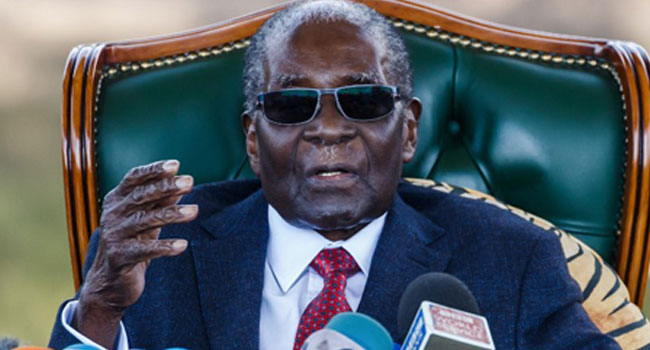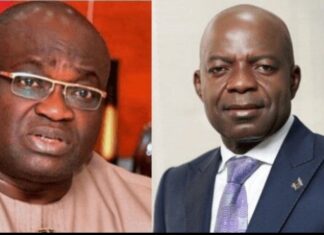By Ishaya Ibrahim
A freedom fighter may also be a good reformer. But in Robert Mugabe’s case, the two didn’t mix.
Only few African leaders possessed the credential of Mugabe as a freedom fighter.
Born on February 21, 1924 without an aristocratic background, Mugabe defied the odds which typically limited many Africans at the time to subservience and acquired the education which equipped him to wrestle political power from the White minority in 1980.
In freedom fighting, Mugabe has the same stature as Nelson Mandela, the South African freedom fighter.
But Mandela only ruled his country for a term of five years. Mugabe remained in power for 37 years, even when the economy progressively got worse.
The army had to oust him in 2017 at the age of 93 when it became obvious that his wife, Grace Mugabe, was the de facto president. So, unlike Mandela, Mugabe lacked the quality of a reformer.
A reformer improves a system, and makes things work well. But Mugabe only made them worse when he attempted to implement land reforms. And instead of acknowledging the fault, he blamed the country’s economic problems on Western nations
Zimbabwe had maintained positive economic growth throughout the 1980s (5 per cent GDP growth per year) and 1990s (4.3 per cent GDP growth per year).
The economy started declining from the 2000s when Mugabe expelled White Farmers. From 1999–2009, Zimbabwe saw the lowest ever economic growth with an annual GDP decrease of -6.1 per cent.
The downward spiral of the economy was largely triggered by the eviction of more than 4,000 white farmers and corruption by the political class.
To demonstrate how bad things were, in late January 2013, the Zimbabwean finance ministry reported that they had only $217 in their treasury and would apply for donations to finance the coming election that is estimated to cost US$107 million.
As at June this year, Inflation in Zimbabwe stands at 175 per cent.
The gloomy economic picture which Zimbabwe represents gives the impression that it is a barren land. But it is not.
Zimbabwe is rich in minerals, including gold. The mining sector remains very lucrative, with some of the world’s largest platinum reserves being mined by Anglo American plc and Impala Platinum.
The Marange diamond fields, discovered in 2006, are considered the biggest diamond find in over a century. They have the potential to improve the fiscal situation of the country considerably, but almost all revenues from the field have disappeared into the pockets of army officers and ZANU-PF politicians.
In terms of carats produced, the Marange field is one of the largest diamond producing projects in the world, estimated to produce 12 million carats in 2014 worth over $350 million.
Zimbabwe’s problem is its leadership. Emmerson Mnangagwa, the man who replaced Mugabe in 2017, may not do any better as he was among the old brigade that superintended the country’s economic failure.











